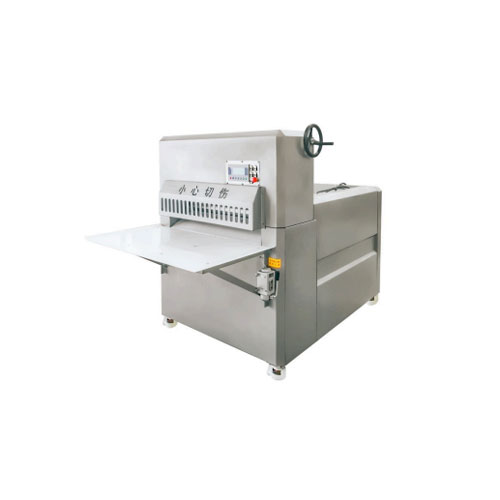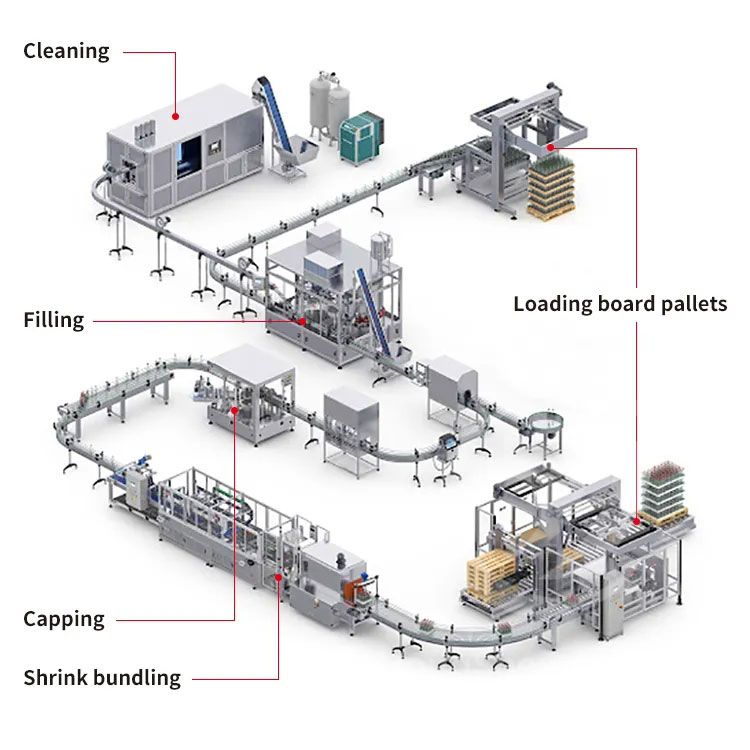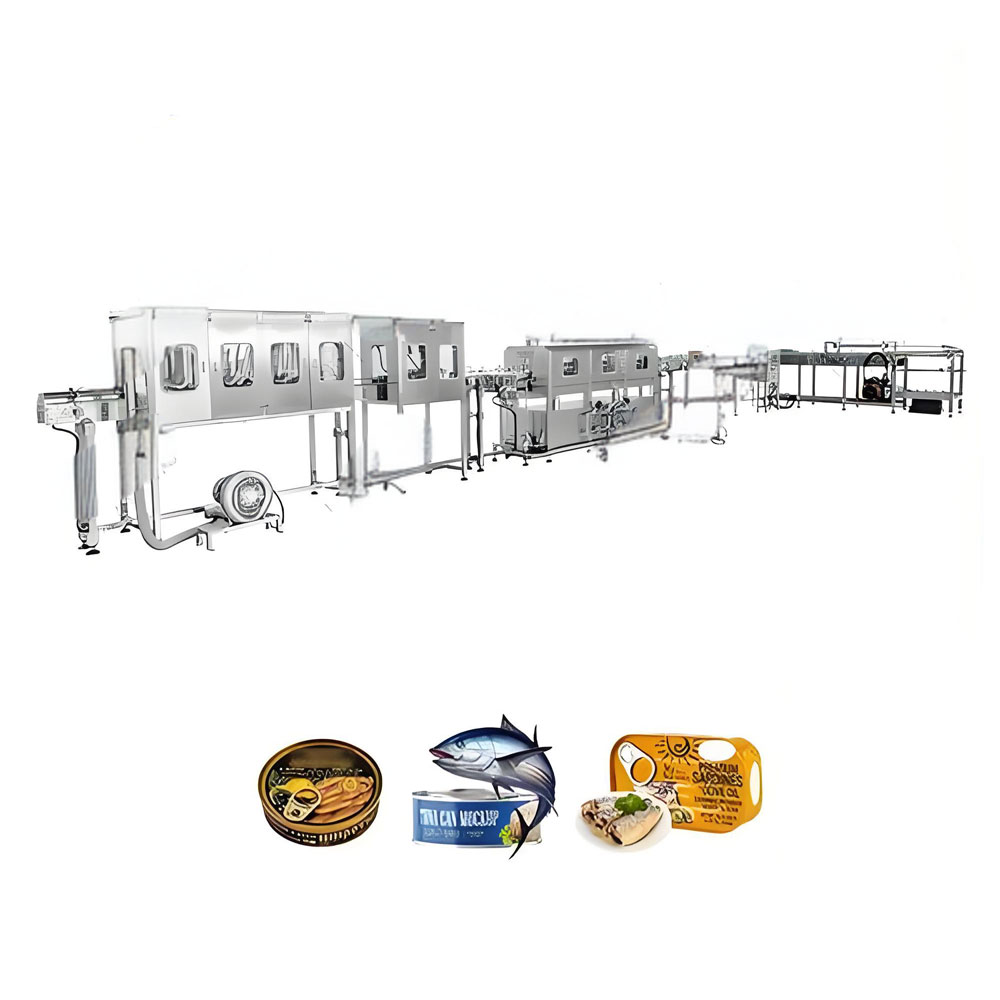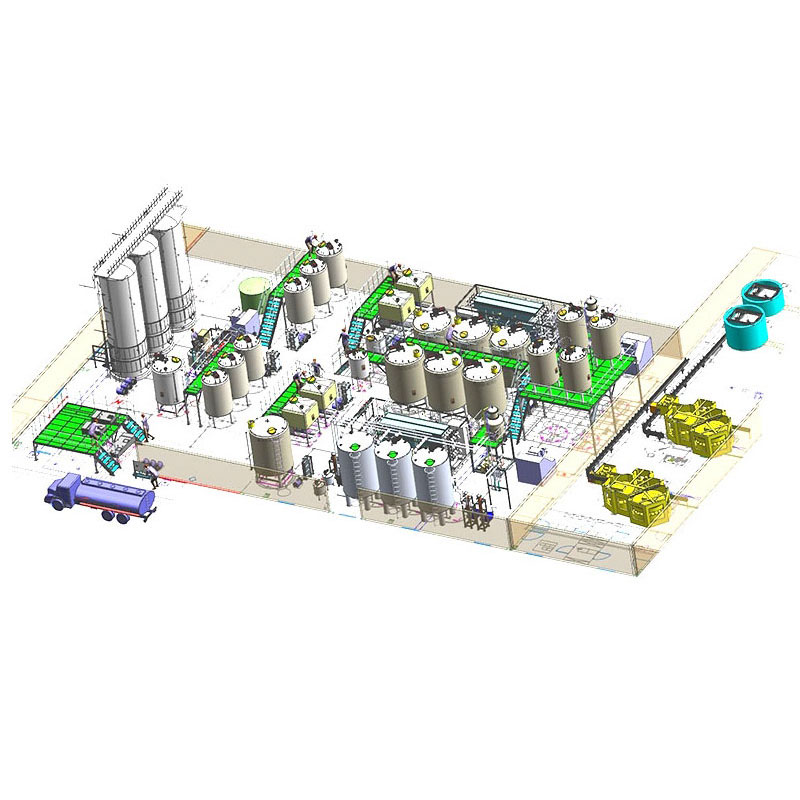Meat Slicer Machine Price - Chinese Manufacturer, Factory, Supplier
Meat Slicer Machine Price dynamics reflect more than mere equipment costs—they embody the intersection of operational efficiency, food safety compliance, and long-term ROI in commercial kitchens. For culinary enterprises navigating capital expenditure matrices, understanding the meat slicer machine price spectrum requires analyzing three critical dimensions: structural integrity, precision engineering, and regulatory adaptability.
Entry-level manual models with 1500W motors start around **800–1,200**, suitable for artisanal charcuterie counters requiring intermittent slicing. These units often feature stamped stainless steel blades with ±0.5mm thickness tolerances, adequate for occasional prosciutto service but prone to harmonic vibrations during high-volume operations. Mid-range semi-automatic variants (2,500–4,500) introduce CNC-calibrated blades and dynamic load sensors, reducing meat wastage by 18–22% through real-time pressure compensation algorithms.
Industrial-grade solutions commanding **7,000–15,000** in meat slicer machine price tiers integrate HACCP-compliant components like self-sanitizing blade housings and NSF-certified food-grade polymers. Their brushless DC motors maintain 0.1mm slicing consistency across 12-hour cycles, critical for sushi conveyor belt operations slicing 300kg+ of tuna daily. At the apex, hyperspecialized machines (18,000–25,000) deploy cryogenic blade chilling systems and AI-driven predictive maintenance, slashing energy expenditure per kilogram by 40% through thermal inertia optimization.
Hidden variables dramatically influence true meat slicer machine price calculations. NSF/ANSI 169 compliance adds 12–15% to baseline costs but eliminates 90% of microbial cross-contamination risks. Modular quick-release mechanisms, while elevating initial investments by **1,200–2,000**, reduce sanitation labor hours by 6 weekly. Operators must also factor in blade reconditioning cycles—carbon steel edges demand $200 biannual sharpening, whereas diamond-coated variants maintain submicron edge retention for 18–24 months despite higher upfront costs.
A New York delicatessen case study reveals how optimizing meat slicer machine price selection impacts profitability. Upgrading from a 3,200unittoa9,800 model with portion-control presets reduced over-slicing waste by 31%, achieving breakeven within 14 months through saved brisket yields. The machine’s integrated load cells automatically adjusted blade angles for variable marbling densities, preserving $18/kg premium cut integrity.
Ultimately, meat slicer machine price strategies should align with throughput thermodynamics and ergonomic interfaces. A 15,000machineslicing80kg/hourat0.08kW/kgoutperformscheaperalternativesconsuming0.15kW/kgwhenelectricitycostsexceed0.28/kWh. By correlating AMP ratings with local energy tariffs, caterers unlock hidden ROI vectors that transcend sticker prices—transforming capital outlays into culinary competitive advantages.

 Fish Slicer Machine
Fish Slicer Machine Heavy Duty Meat Slicer Machine
Heavy Duty Meat Slicer Machine Automatic Meat Slicer Machine
Automatic Meat Slicer Machine Electric Cooked Meat Slicer
Electric Cooked Meat Slicer Frozen Meat Slicer
Frozen Meat Slicer Automatic Sausage Linking Machine
Automatic Sausage Linking Machine Meat Smoking Machine
Meat Smoking Machine Chicken Soup Canned Production Line
Chicken Soup Canned Production Line Eel Canned Food Production Line
Eel Canned Food Production Line Yogurt Making Machine
Yogurt Making Machine Apple Canning Production Line
Apple Canning Production Line Unmanned Intelligent Rice Production Line
Unmanned Intelligent Rice Production Line Dairy Processing Lines
Dairy Processing Lines